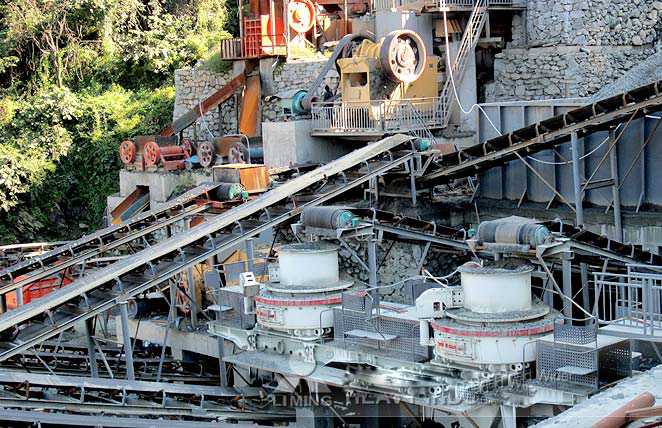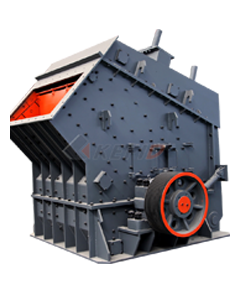Mineral ore crushing equipment is used to break down large rocks and ores into smaller particles for further processing in mining, metallurgy, and construction industries. The choice of equipment depends on factors like ore hardness, feed size, required product size, and capacity. Here are the main types of mineral ore crushing equipment:
1. Primary Crushers
Used for the initial reduction of large rocks (up to 1.5 meters in diameter).
– Jaw Crusher: Uses compressive force; ideal for hard and abrasive ores (e.g., granite, iron ore).
– Gyratory Crusher: Handles high-capacity primary crushing; suited for hard ores in large-scale mining.
 2. Secondary Crushers
2. Secondary Crushers
Further reduce the ore after primary crushing (typically to 20–100 mm).
– Cone Crusher: Efficient for medium-hard to hard ores (e.g., copper, gold); provides finer output than jaw crushers.
– Impact Crusher: Uses imp force; suitable for softer ores like limestone or coal.
force; suitable for softer ores like limestone or coal.
3. Tertiary & Quaternary Crushers
Produce finely crushed material (below 20 mm) for grinding circuits.
– Vertical Shaft Impact (VSI) Crusher: Produces well-shaped sand and fine aggregates; used in high-quality aggregate production.
– High-Pressure Grinding Rolls (HPGR): Energy-efficient alternative to conventional crushers for very hard ores (e.g., diamond, iron).
4. Specialized & Mobile Crushing Equipment
– Hammer Mill / Rotary Breaker: Used for softer materials like coal and phosphate.
– Mobile Crushers (Jaw, Cone, Impact): Portable units for on-site crushing in remote mines or construction sites.
Key Considerations When Selecting Crushing Equipment
– Ore Characteristics: Hardness (Mohs scale), abrasiveness, moisture content.
– Feed & Product Size Requirements: Determines the number of crushing stages needed.
– Capacity & Throughput: Must match mining or processing plant requirements.
– Energy Efficiency & Maintenance Costs: HPGRs and cone crushers are more efficient but may have higher upfront costs.
Would you like recommendations based on a specific mineral or application?




